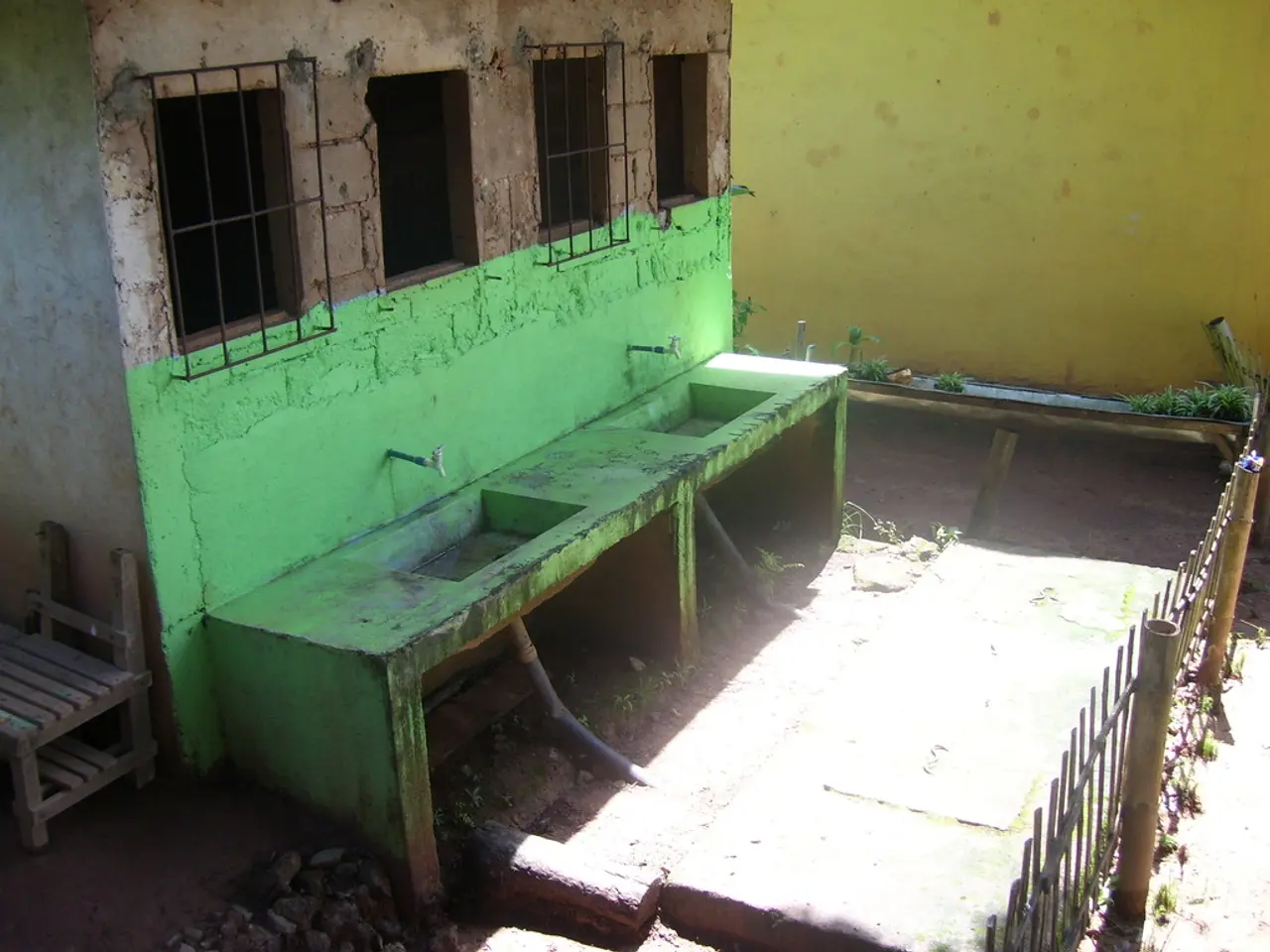A Breakdown of a Cracked Rib Condition
Injuries to the rib cage, known as rib fractures, are relatively common and can result from various causes. The most frequent cause is trauma, such as a fall or a direct blow to the chest, with older individuals being particularly at risk due to more fragile bones often caused by osteoporosis.
Rib fractures can also stem from direct impact in accidents or falls, sports injuries, severe coughing or sneezing, osteoporosis, bone cancer or tumors, and stress fractures caused by repetitive activities or overuse, particularly in athletes.
Preventive measures for rib fractures include maintaining good bone health through a diet rich in calcium and vitamin D, regular weight-bearing exercises, and managing chronic respiratory conditions effectively.
Recovering from a fractured rib can take anywhere from 6 to 8 weeks, depending on the severity of the injury. However, complications such as infection, chronic pain, and delayed healing can arise during the recovery process, so it is essential to monitor for any signs of complications.
Symptoms of a fractured rib include pain, swelling and bruising, difficulty breathing, tenderness, and crepitus (a grating sensation felt over the fractured area). In some cases, a collapsed lung (pneumothorax) or blood accumulation in the pleural cavity (hemothorax) can be serious complications of a fractured rib, occurring if the rib punctures the lung or blood vessels.
Treatment options for a fractured rib may include rest, pain management, ice therapy, breathing exercises, physical therapy, and, in rare cases, surgery. Deep breathing exercises can help prevent lung complications, such as pneumonia, which can occur due to shallow breathing from pain.
Physical therapy may be recommended to strengthen the muscles around the rib cage and improve flexibility after the initial pain subsides. Maintaining a balanced diet rich in vitamins and minerals is essential for recovery, as food high in calcium and vitamin D can support bone healing.
It is crucial to seek medical attention if you experience severe pain, difficulty breathing, signs of infection, or any other concerning symptoms. Emotional support is also vital during the recovery process, as injuries can take a toll on mental health. Engaging in light social activities can help lift spirits during recovery.
Individuals with weakened bones, such as those with osteoporosis, are at a higher risk of sustaining rib fractures. Therefore, it is advisable to avoid heavy lifting or strenuous activities, deep breathing that causes pain, and coughing without support during recovery from a fractured rib.
Infection is another potential complication, particularly if the fracture is associated with an open wound. Symptoms of infection may include fever and increased pain at the fracture site. If infection leads to conditions such as pneumonia, it can be challenging for the patient to take deep breaths due to pain, which can worsen the condition.
Certain risk factors for rib fractures include age, gender, high-impact sports, chronic respiratory conditions, bone health, previous fractures, and osteoporosis. Tips for recovery include following medical advice, gradual return to activities, nutrition and hydration, managing pain and discomfort, emotional support, and monitoring for complications.
In conclusion, rib fractures can be painful and potentially complicated, but with proper care, understanding, and adherence to medical advice, recovery is possible. If you suspect a rib fracture, seek medical attention promptly to ensure the best possible outcome.
Read also:
- European Commission Unveils Communication on Strategic Approach for Countering Online Disinformation and Hate Speech
- Experience widespread infertility issues in cattle herds? Farmers unveil effective strategies
- Discussion Session
- Asthma Flare-Ups in Cooler Weather: Understanding Root Causes, Recognizing Symptoms, and Managing Remedies







